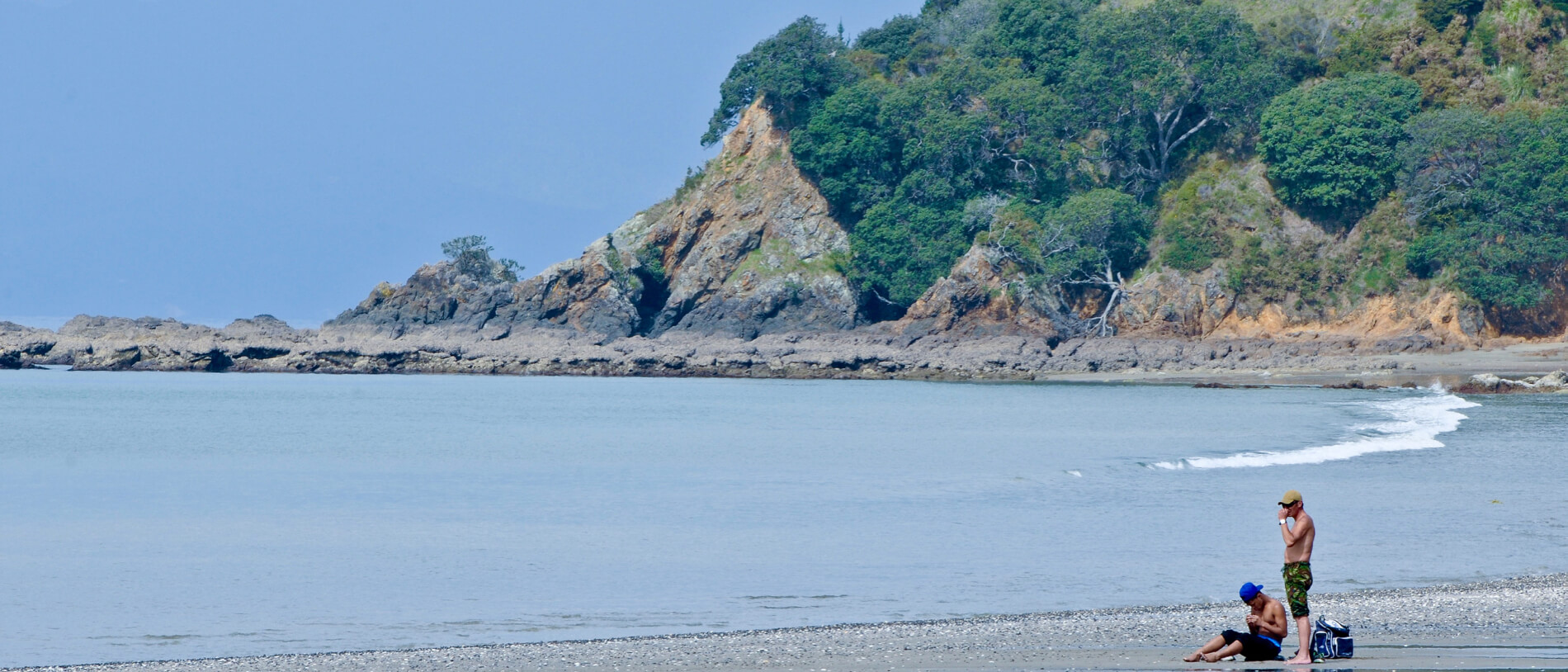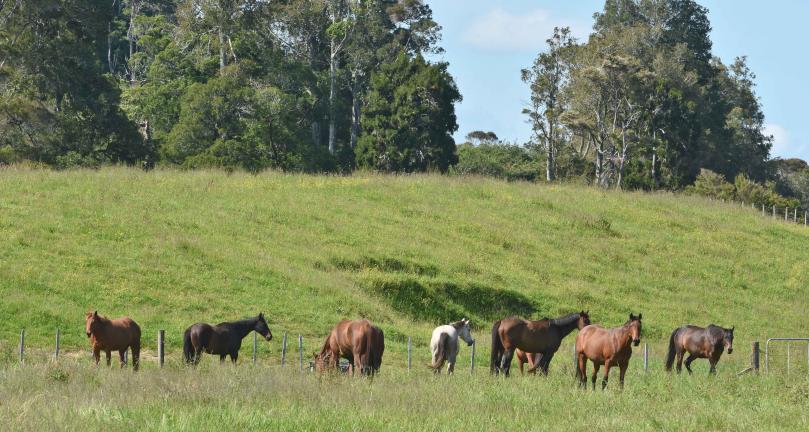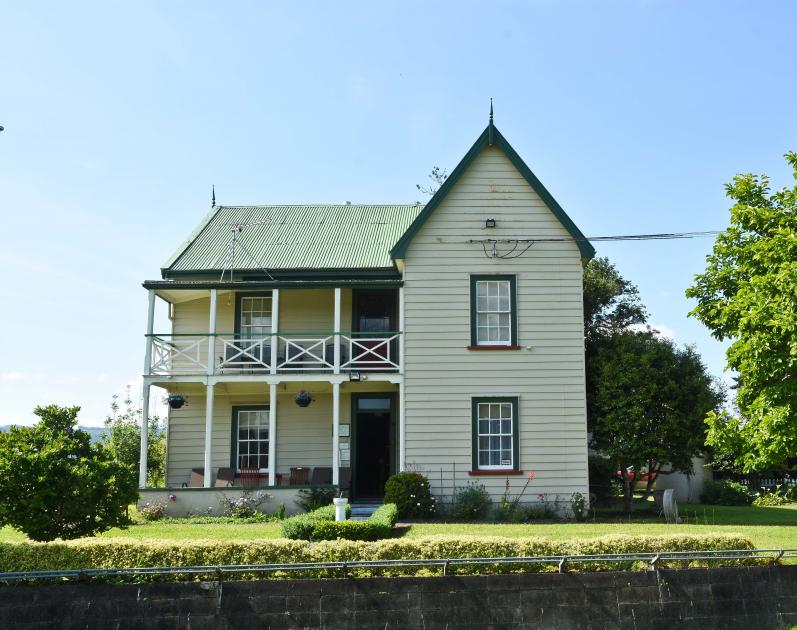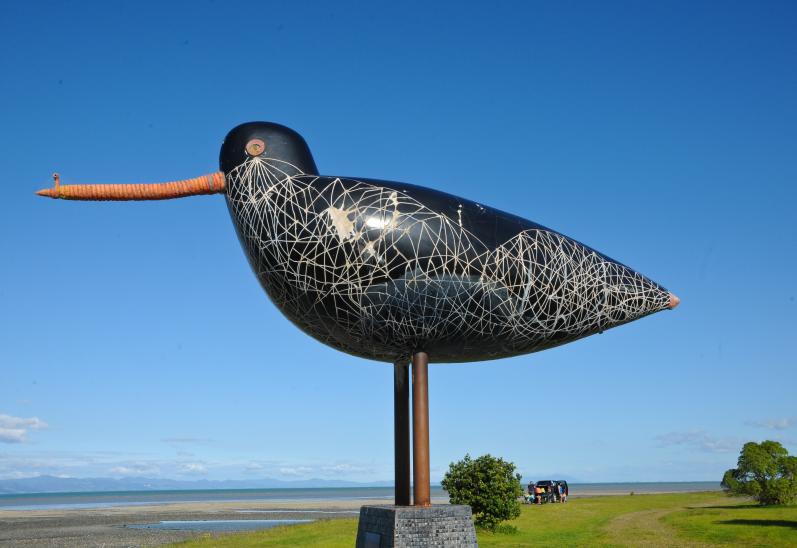
Auckland to Coromandel: a kid-friendly road trip
Travelling the less-sandy side of the Coromandel Peninsula with no plans and a child on board. What could possibly go wrong?

The alternate road heading south from Auckland, along the Firth of Thames, is a quiet, visual treat with lots to see and do.
For Aucklanders, just driving half of it on a day-escape is a rural and beach-side tonic.
Clevedon, a village in the middle of rolling green farmland is the kick-off point for the Firth of Thames coastal road. The best time to visit Clevedon is Sunday morning for the farmers market, but we are there on Friday. Never mind, Ciao Bella Kitchen picks up on rural-rustic, with a deer’s head pride of place on the wall, paper bags instead of plastic and the food is mostly local. We grab seedy bread and treats to go.

It’s a horsey place, with a saddlery in the centre of the village, the pony club grounds nearby and the Auckland Polo Club just out of town. And plenty of paddocks with glossy, happy horses.
Clevedon has been a village since 1855 and the McNicol Homestead Museum, 1878, gives visitors a rundown of the areas settler history. It’s only open on weekends but the gardens are a treat all week.

Soon we see the Firth of Thames, silver at first glimpse and patterned with orderly lines of oyster racks. Clevedon Coast Oysters sells hundreds of thousands of ripe, juicy oysters to Auckland, Japan, US… and a dozen to us.
At Kawakawa Bay the road runs along the edge of a shelly beach. We stop for a picnic of oysters and Ciao Bella bread.
Kawakawa Bay is fabulous for families. It’s sheltered and shallow and children love it; swimming, paddling, poking-about on rocks and collecting special shells from the mountains of white that cover the beach.

Further south Tawhitokino Beach, in a regional park with the same name, is a magnificent, unvisited treasure though not so great for families, especially younger children with little legs, because you have to walk there. It’s a 1400-metre sweep of fine sand backed with native bush and, at high tide, the sea washes under a fringe of pōhutukawa. Two streams feed into it, leaving frayed-rope patterns on the sand. The glory is that there is no road access and the not-arduous walk there puts off the faint-hearted. You will likely have this piece of paradise to yourself.
The drive along the Kaiaua Coast is pretty; the road often hugs the coast and passes through cute little bach villages. There are still plenty of old-style baches; caravans with extensions parked under pōhutukawa, 1950’s shacks with add-ons and cute cottages with sweet gardens.

The now muddy waters of the Firth of Thames are a great attraction for seabirds, thousands of them, but we turn back towards Auckland at the world’s biggest oystercatcher. The Miranda Seabird Centre is not far south of this semi-serious sculpture but that will wait for another day.